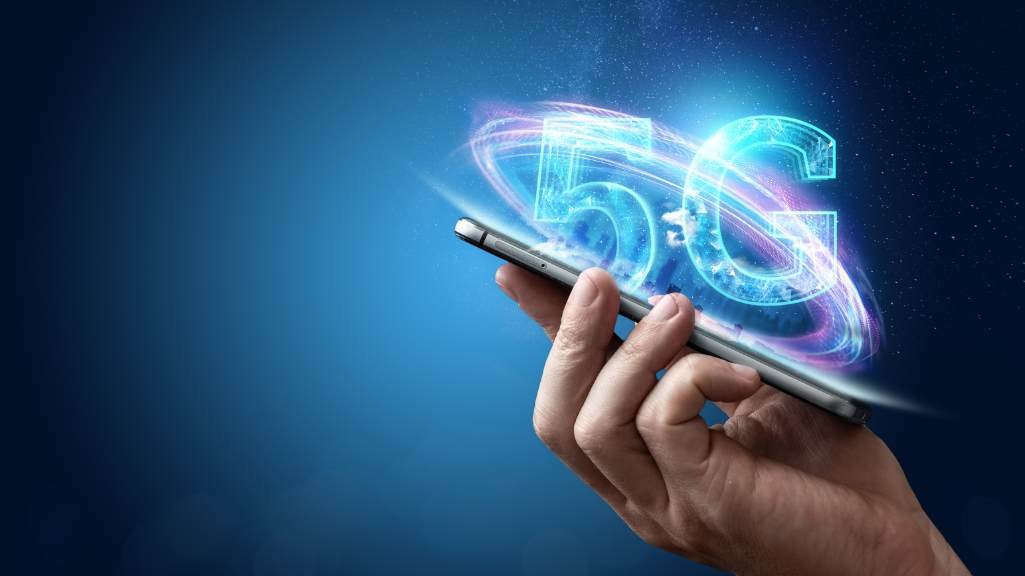Unleashing the Power of 5G: A Revolution in Connectivity
Vikash Jain
. 2 min read
The fifth generation of wireless technology, commonly known as 5G, is one of the most significant technological advancements of our time, captivating developers and tech enthusiasts alike. It promises to revolutionize the way we connect, communicate, and interact with the world around us. With its unparalleled speed, reduced latency, and massive connectivity capabilities, 5G is set to unleash a wave of innovations that will transform industries and improve our daily lives. In this article, we explore the key features and potential applications of 5G technology, and how developers are at the forefront of harnessing its transformative power.

Key Features and Potential Applications of 5G Technology
Speed and Data Capacity
At the heart of the 5G revolution lies its remarkable speed and data capacity. Compared to its predecessor, 4G LTE, 5G offers a dramatic improvement in data rates. With download speeds potentially reaching up to 20 gigabits per second, 5G is capable of transmitting data up to 100 times faster than 4G. This unprecedented speed allows for instant access to high-definition content, seamless video streaming, and quicker downloads, eliminating frustrating buffering times.
Moreover, 5G technology significantly increases data capacity. This expansion in capacity enables a multitude of connected devices to operate simultaneously without any performance degradation. This breakthrough opens doors to new possibilities in the realm of the Internet of Things (IoT), enabling smart cities, autonomous vehicles, and interconnected smart homes, among many other applications.
Reduced Latency
One of the most distinguishing features of 5G is its incredibly low latency. Latency refers to the delay between sending and receiving data over the network. 5G reduces this delay to mere milliseconds, nearly 100 times faster than 4G. This ultra-low latency is crucial for real-time applications, such as augmented reality (AR), virtual reality (VR), and telemedicine, where even the slightest delay can lead to a less immersive experience or compromise medical procedures.
Enhanced Connectivity and Reliability
With 5G, network infrastructure is designed to be more reliable and efficient than ever before. 5G networks can handle a vast number of devices per square kilometer, paving the way for a truly interconnected world. This heightened connectivity will foster new business opportunities and improve communication between devices, ensuring a smoother and more integrated digital experience.
To ensure uninterrupted connectivity, 5G also incorporates advanced beamforming and massive Multiple-Input Multiple-Output (MIMO) technologies. These techniques allow the network to direct signals precisely to individual devices, enhancing signal strength and overall network performance, even in densely populated areas.
Enabling Cutting-Edge Technologies
The arrival of 5G unlocks the potential of various emerging technologies. Self-driving cars can become a reality, as 5G provides the necessary infrastructure for reliable and real-time communication between vehicles, traffic lights, and other smart infrastructure components. Additionally, remote surgery and other telemedicine applications will flourish with 5G's low latency, enabling surgeons to perform procedures from a distance with precision and accuracy.
Furthermore, industries like gaming and entertainment are set to experience a major transformation with 5G. The reduced latency and faster speeds will enhance online gaming experiences, and the widespread availability of high-quality VR content will revolutionize entertainment, education, and training.
Challenges and Future Developments
While the prospects of 5G are undeniably exciting, its widespread implementation does come with challenges. The deployment of 5G infrastructure requires significant investment, and the expansion of coverage to rural areas may take time. Additionally, concerns about data security and privacy arise with the exponential increase in connected devices.
Looking ahead, researchers and engineers are already working on 6G technology, which promises even higher speeds, lower latency, and more robust connectivity. Nevertheless, 5G is still in its early stages of adoption, and its potential to reshape our lives and drive innovation across industries remains unparalleled.
Conclusion
5G technology is not just an incremental upgrade; it represents a giant leap forward in connectivity and communication. With its lightning-fast speeds, low latency, and massive capacity, 5G will pave the way for transformative technologies, revolutionizing industries and improving the way we live, work, and play. As the world embraces this new era of connectivity, we can look forward to a future where possibilities seem boundless, and our imagination becomes the only limitation.
More Stories from
PHP Developer: Unlocking the Path to Success as a PHP Developer
This article discusses the career prospects of being a PHP developer, highlighting reasons to pursue this career path such as opportunities for career development.
Static Code Analysis Tools for Software Development Security Testing
This article discusses the importance of static code analysis or Static Application Security Testing (SAST) in identifying technical.
International Telecommunication Union (ITU): Bridging the Global Digital Divide
The International Telecommunication Union (ITU) is a specialized agency of the United Nations, dedicated to promoting global connectivity.
Illuminating the Future: A Comprehensive Guide to Light Emitting Diodes (LEDs)
Discover the history, working principles, and diverse applications of LEDs, from lighting and displays to automotive advancements.
The World Wide Web: Connecting Humanity Across Time and Space
From its inception by Sir Tim Berners-Lee to its exponential growth, learn how the Web revolutionized communication, commerce, and society at large.
.png?height=40)









.png?width=40&aspect_ratio=1:1)
